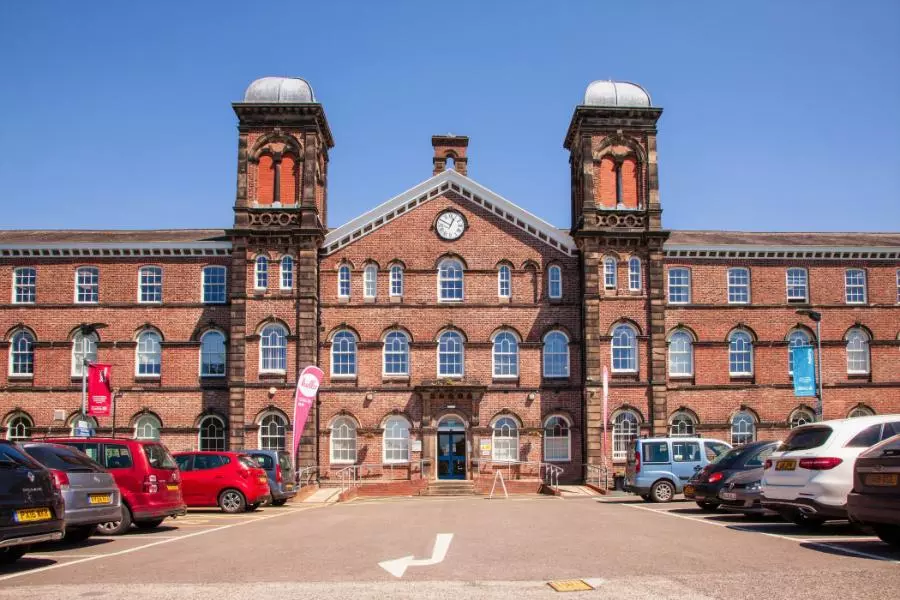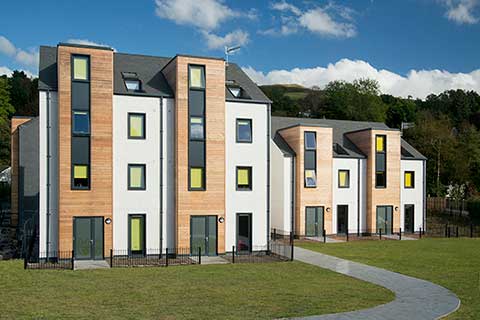Module - Medical Microbiology HSOB5006
The aim of this module is to provide knowledge on the biology of major pathogens, their host interaction, virulence factors and means for prevention, diagnosis and treatment. You will study the mechanisms of microbial pathogenicity, starting with transmission and entry into the host, progressing through adhesion and invasion, to structural damage and host response. Important directions in public health for now and the future will be discussed and the use of case studies will enable you to apply the theoretical information gained in order to understand pathological changes that occur in clinical infection.

On successful completion, you will be able to:
- Outline medically important pathogens and describe in detail disease causation and protocols in place for the diagnosis and identification of key pathogens.
- Illustrate the diversity of medically important pathogens within the microbial world using examples of current local and global interest.
- Recognise the importance of diagnostic microbiology through the application of a number of techniques used in the identification of microorganisms.
- Compare and contrast strategies by which pathogens invade and cause disease in a host, including subversion of the immune system.
- Evaluate strategies for the prevention and treatment of infection; relate the specific properties of pathogens to diagnostic methods.
- Viral pathogens (viral structure, infection cycle).
- Bacterial pathogens (bacterial cell structure and virulence factors, transmission, and pathogenesis).
- Specific pathogens representative of viruses, bacteria, fungi, parasites, and helminths will be investigated (e.g. influenza, Ebola, and HIV; Salmonella spp. and Mycobacterium tuberculosis; Aspergillus and Candida; Schistosoma; Plasmodium and Leishmania).
- Current and emerging developments in treatment, prevention, and diagnosis of infection.
- Critique laboratory techniques of relevance to medical microbiology.
Modules are delivered in person, through a blend of lectures, seminars, and practical sessions.
You’ll benefit from close interaction with tutors and peers, access to specialist laboratories, and small-group teaching.
Assessment varies by module but may include:
- Written coursework
- Exams
- Practical assessments
- Case-based evaluations
Each module typically carries 20 academic credits and is completed over one semester.
• Hold a relevant honours degree in biomedical science or a closely related subject.
• Have completed a formal IBMS degree assessment that identifies academic shortfalls.
• Be aiming for HCPC registration as a biomedical scientist.
• Applicants should refer to their IBMS assessment letter when selecting modules.
• Please note these modules do not include a placement, they are intended to address academic learning outcomes only.
20 credit module pricing
UK |Tuition fees are set annually and are subject to review each year. The University may therefore raise tuition fees in the second or subsequent years of a course, in line with inflation and/or the maximum permitted by law or government policy. Students will be notified of any changes as soon as possible.
Location
Carlisle - Fusehill Street Campus
The Fusehill Street campus has been the setting of life-saving treatments since World War I. Now, it's home to world changers, life-savers, crime fighters, and entrepreneurs with access to high-quality facilities and innovative thinking.
Find out more
Find out more about studying with us
Attend an Open Day at Cumbria
An Open Day is your opportunity to explore one of 5 campuses, meet your lecturers, and find out how the University of Cumbria could become your new home.





